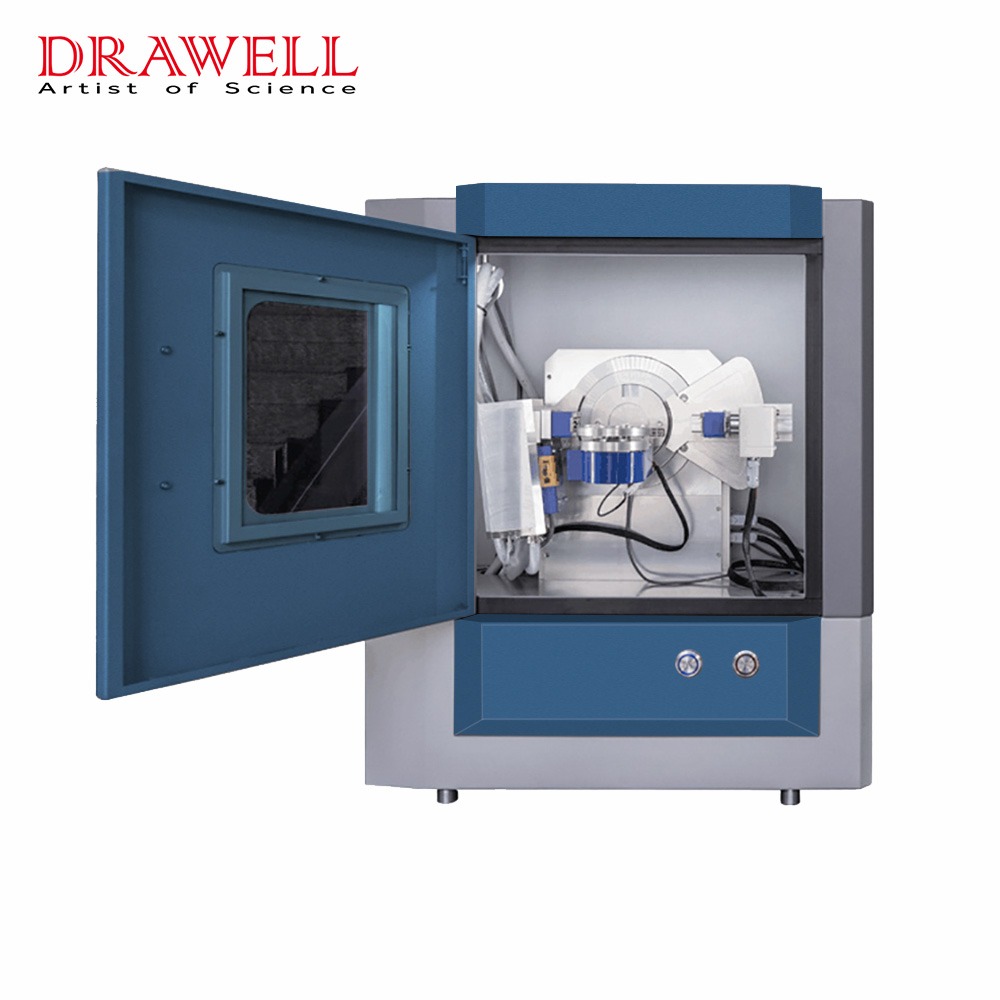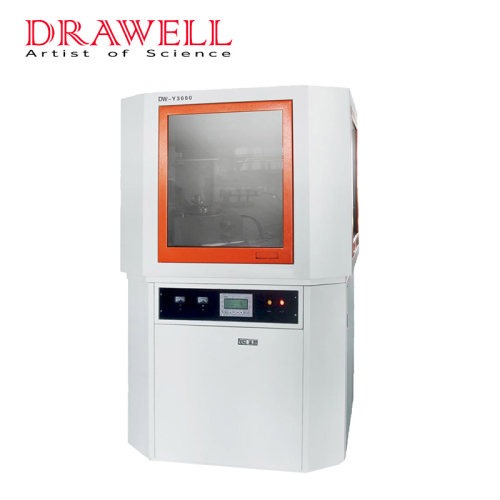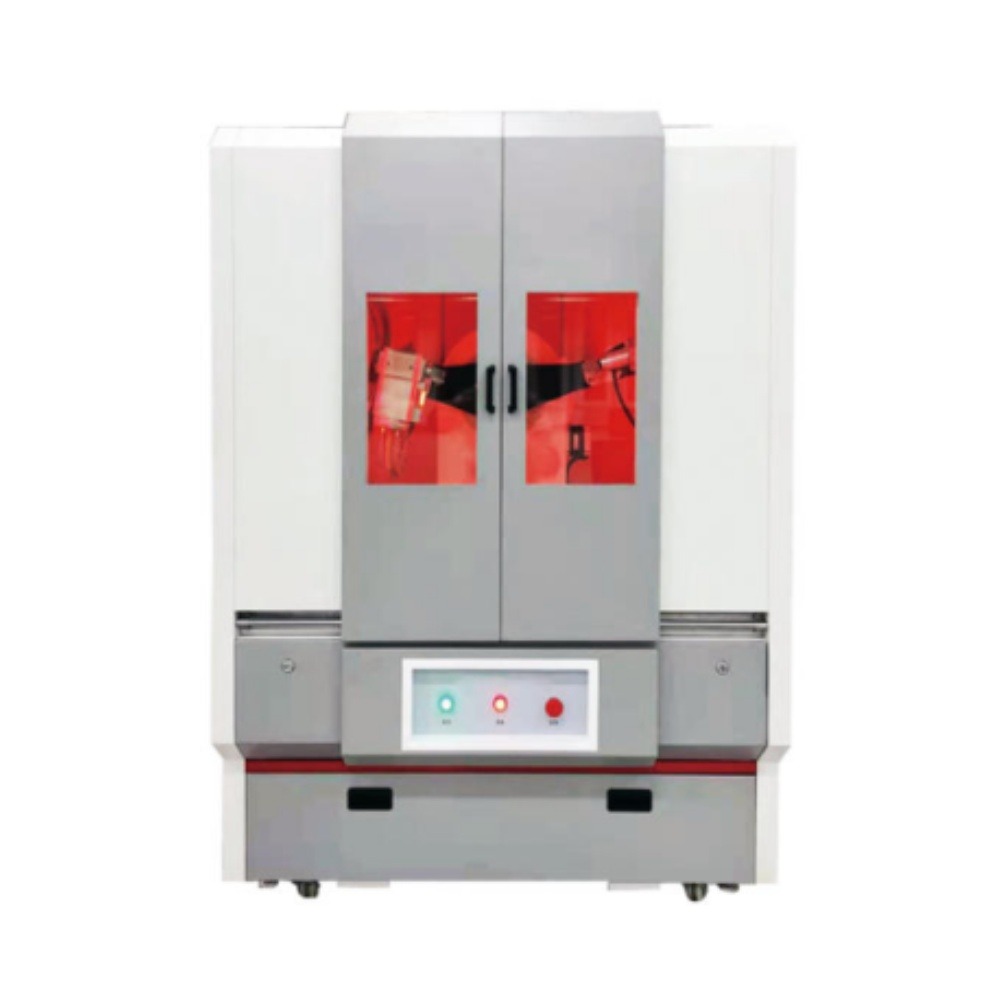X-ray diffraction (XRD) is a versatile analytical technique used to analyze physical properties such as phase composition, crystal structure and orientation of powder, solid and liquid samples. It is a non-destructive technique, meaning that the sample does not need to be changed or damaged in order to be analyzed and it used in a wide variety of industries and fields to study the physical properties of materials.
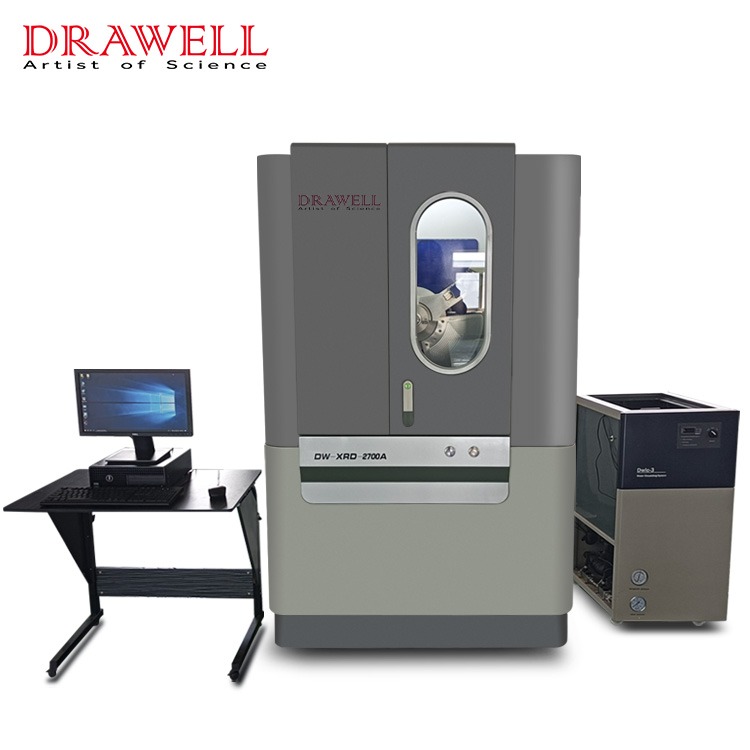
Principle of XRD
The principle of X-ray diffraction (XRD) is based on the constructive interference of monochromatic X-rays and a crystalline sample. X-rays are electromagnetic radiation with a wavelength that is similar to the interatomic spacing in crystals. When a beam of X-rays is directed at a crystal, the X-rays interact with the electrons in the atoms and are diffracted in different directions. The diffraction pattern is determined by the arrangement of atoms in the crystal, and can be used to determine the crystal structure.
The diffraction of X-rays by a crystal can be described by Bragg’s law:
2d * sin(θ) = nλ
where:
- d is the interatomic spacing
- θ is the angle of incidence of the X-rays
- n is an integer
- λ is the wavelength of the X-rays
Bragg’s law states that X-rays will only be diffracted when the angle of incidence is such that the path difference between two X-rays diffracted from adjacent atoms is an integer multiple of the wavelength of the X-rays.
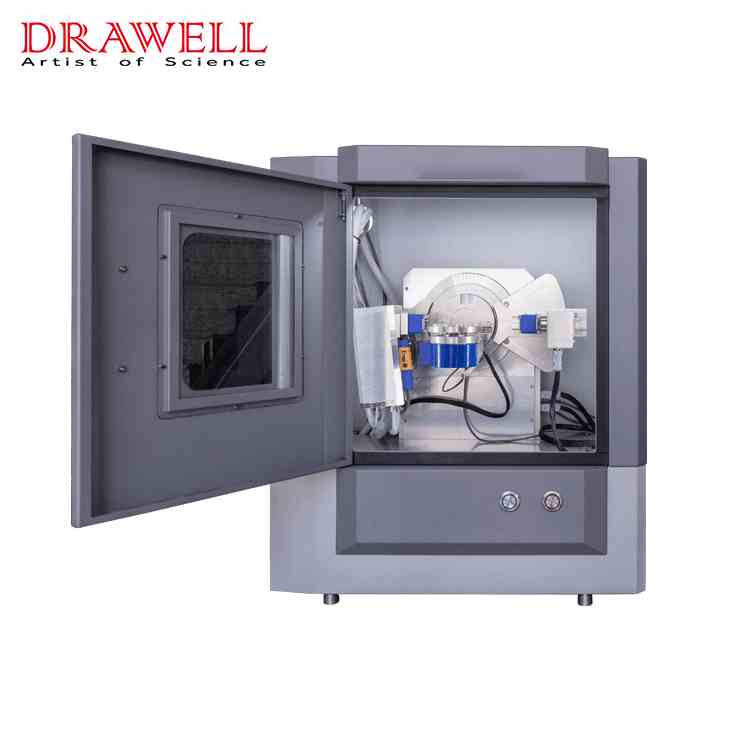
Advantages of XRD
X-ray diffraction (XRD) is a widely used technique in materials science and engineering, and has a number of advantages over other analytical techniques.
- Non-destructive: XRD does not damage the sample, so it can be used to analyze valuable or fragile samples.
- Rapid: XRD analysis can be completed in a few minutes to a few hours, depending on the sample and the desired information.
- Quantitative: XRD can be used to quantify the amount of each phase present in a sample.
- Versatility: XRD can be used to analyze a wide variety of materials, including solids, powders, and liquids.
- Wide availability: XRD instruments are widely available in laboratories and research institutions around the world.
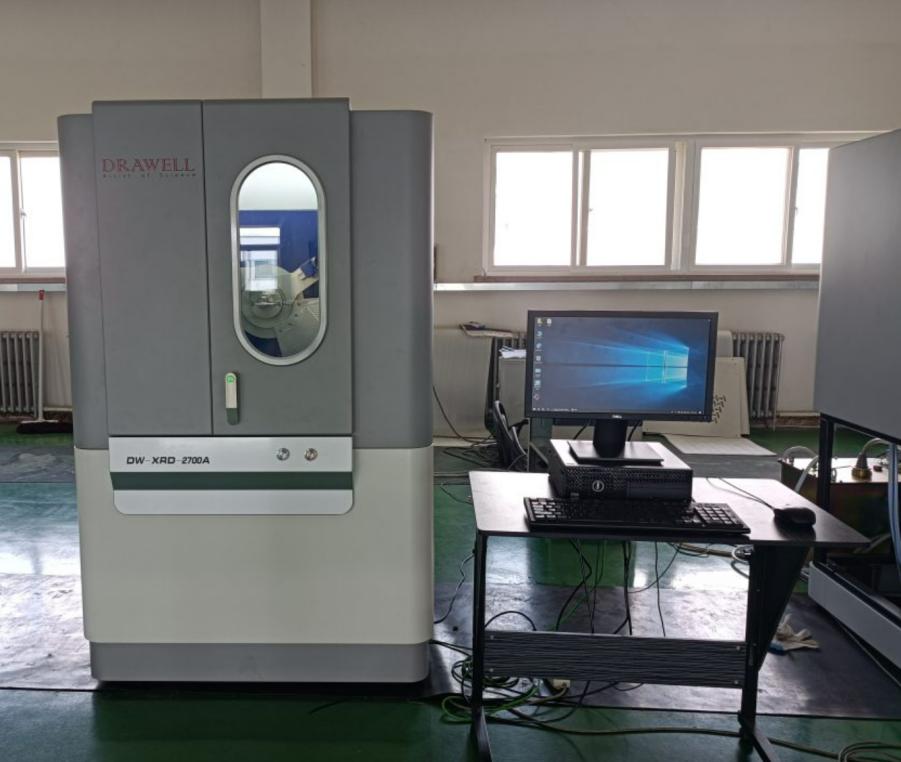
Types of XRD
XRD is a powerful and versatile analytical technique that can be used to study a wide variety of materials. The different types of XRD allow for different types of information to be obtained about the material, here are two main types of X-ray diffraction (XRD):
- Powder XRD: Powder XRD is used to analyze the crystal structure of powder samples. The powder sample is typically ground into a fine powder and placed in a sample holder. The X-ray beam is then directed at the powder sample, and the diffracted X-rays are collected by an X-ray detector. The powder XRD pattern can be used to identify the different phases present in the powder sample, determine the phase composition of the sample, and measure the crystallite size and strain of the sample.
- Single crystal XRD: Single crystal XRD is used to analyze the crystal structure of single crystal samples. The single crystal sample is typically cut into a small, flat plate. The X-ray beam is then directed at the single crystal sample, and the diffracted X-rays are collected by an X-ray detector. The single crystal XRD pattern can be used to determine the atomic structure of the crystal, including the positions of the atoms in the crystal lattice.
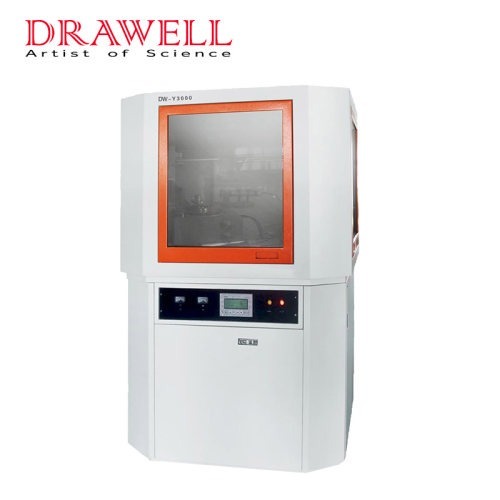
How Does XRD Work?
Step 1: Generate a beam of X-rays
X-rays are generated in an X-ray tube by heating a metal filament to produce electrons. The electrons are then accelerated towards a target material, which produces X-rays. The wavelength of the X-rays produced depends on the type of target material used.
Step 2: Collimate the X-ray beam
The X-ray beam is collimated to focus it into a narrow beam. This is done using a collimator, which is a device that contains a series of slits or holes. The slits or holes allow only the X-rays that are traveling in a straight line to pass through.
Step 3: Direct the X-ray beam at the sample
The sample is typically placed in a sample holder, which is positioned in the path of the X-ray beam. The sample holder is typically made of a material that is transparent to X-rays, such as aluminum or plastic.
Step 4: Measure the intensities and scattering angles of the diffracted X-rays
When the X-ray beam hits the sample, some of the X-rays will be diffracted. The diffracted X-rays will be scattered at different angles, depending on the crystal structure of the material. The intensities of the diffracted X-rays are measured using an X-ray detector. The X-ray detector is typically placed behind the sample.
Step 5: Analyze the XRD pattern
The XRD pattern is a plot of the intensity of the diffracted X-rays versus the scattering angle. The XRD pattern can be used to identify the material, determine its phase composition, and measure its crystallite size and strain.
Conclusion
XRD is a powerful and versatile analytical technique that can be used to analyze a wide variety of materials and obtain information about their physical properties. It is a non-destructive technique, making it ideal for use in a variety of industries and fields. As XRD technology continues to improve, it is likely to become even more widely used in the future.

